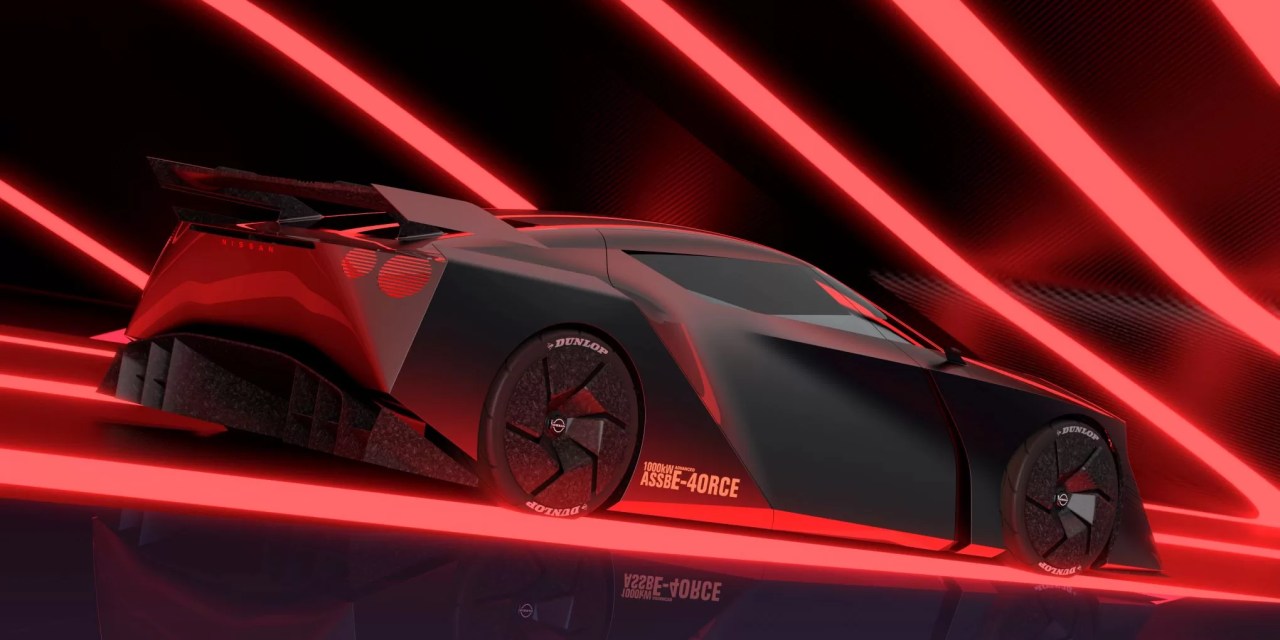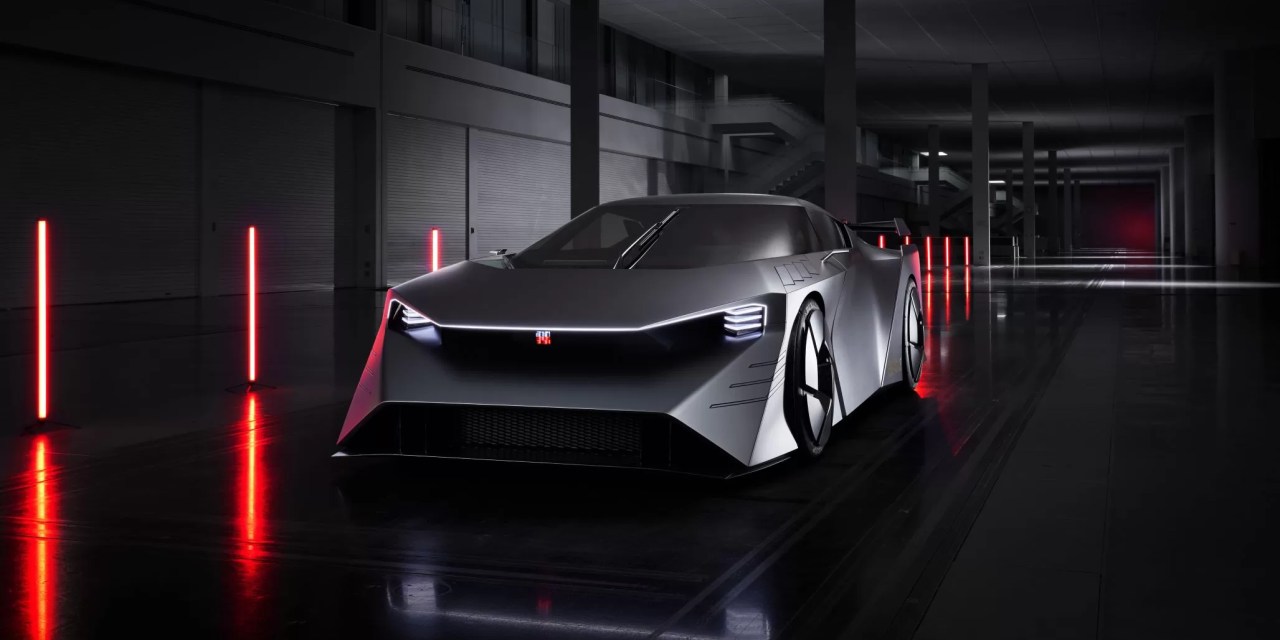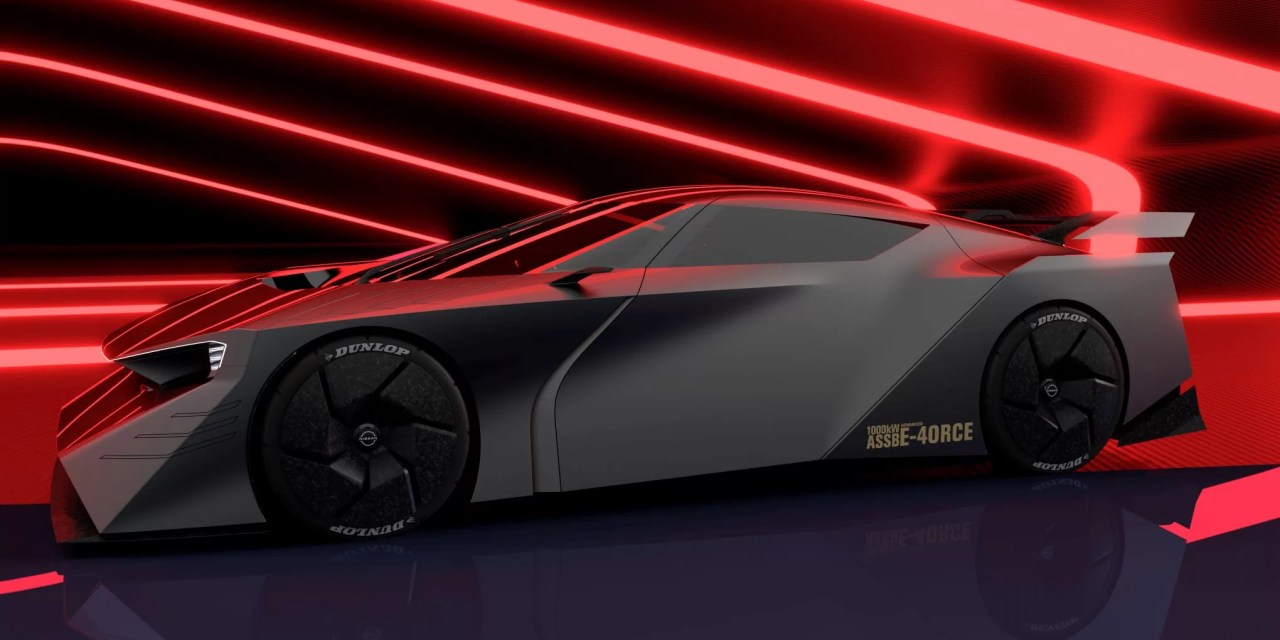At the 2023 edition of the Japan Mobility Show (formerly the Tokyo Motor Show) this week, Nissan Motor Co. Ltd. unveiled a series of five new concept electric vehicles (EVs) each with “Hyper” in its name. With one EV concept revealed each week in October leading up to the show, Nissan’s intent was to display its vision of a range of future products for a variety of customer needs and lifestyles, as well as its plan to enrich people’s lives with innovation and excitement.
“All five concept cars showcased today are symbols of the future and embody our founding spirit of ‘daring to do what others don’t’,” said Nissan President and CEO Makoto Uchida. “We have advanced our EV innovations, moving beyond mobility to create a more sustainable world. The EVs symbolize our future of creating a cleaner, safer, and more inclusive world for everybody without compromising on passions and dreams.”
During Nissan’s press conference at the Japan Mobility Show, Uchida said the new series of Hyper concept vehicles was the result of the company’s focus on its three pillars of innovation: electrified mobility, EV ecosystem, and vehicle intelligence.
- Nissan Hyper Force concept CGI image front side.
- Nissan Hyper Force concept front.
- Nissan Hyper Force concept doors open.
- Nissan Hyper Force concept CGI image side.
- Nissan Hyper Force concept interior.
- Nissan Hyper Force concept interior looking up.
Nissan didn’t reveal many specs of the latest concept, called Hyper Force, but the company did say it includes a high-output all-electric powertrain with an all-solid-state battery that can produce output up to 1000 kW (or 1 MW). It is an all-electric high-performance supercar—resembling a modernized and electrified GTR—through which Nissan aims to deliver driving pleasure while also offering high environmental performance and comfort for daily use. A focus on downforce, an advanced form of Nissan’s e-4ORCE all-wheel-drive technology, and a lightweight body featuring high-strength carbon are all aimed at enhanced cornering and handling on circuits and winding roads.
The exterior of the Hyper Force, which Nissan developed jointly with its NISMO racing team, is designed for high aerodynamic performance. The two-tiered aerodynamic structure under the front hood provides both strong downforce and high cooling performance. Meanwhile, a dual-level rear diffuser controls airflow. Other design elements maximize downforce and grip, including front canards, front fender flip, and both ends of the rear wing, which feature unique active aero functionality. A newly developed plasma actuator suppresses air detachment to maximize grip and minimize inner-wheel lift during cornering. Lightweight forged carbon wheels aid unsprung weight, aerodynamics, and brake cooling.
The Hyper Force features two driving modes: R (racing) and GT (grand touring). The graphical user interface, which Nissan developed in collaboration with Sony Interactive Entertainment Inc.’s software subsidiary Polyphony Digital, Inc., changes color and display according to each mode and is designed to instantly display the most needed information for the driver in line with the driving situation.
In R mode, the cabin illuminates in red and creates a cockpit centered around the driver to support concentration. Panels on the dashboard extend toward the seating space to enhance the cockpit feel around the driver. Meanwhile, four satellite screens around the steering wheel display tire grip and temperature, air pressure, brake rotor temperature, power distribution, and other information for racing.
In GT mode, the cabin illuminates in blue and the screens surrounding the steering wheel move away and combine, providing an immersive experience with a simpler infotainment interface including air conditioning, audio, suspension, and “stabilizer” settings for a more comfortable drive. The suspension and stabilizers have been designed as world-firsts that can be easily operated on screen while driving.
Nissan also said its Hyper Force concept includes an augmented reality (AR) and virtual reality (VR) experience, which will enable driving in both the real and virtual world. When the vehicle is stopped, the driver can use a special helmet with blind visors for VR that enables entering a gamified driving experience, complete with racing modes against the clock or other online racers. By using skeleton visors for AR, the driver can compete against their own, their friends’, or even professional drivers’ “digital ghosts” on a circuit, allowing users to safely push their driving skills on real-world tracks.
The company made it clear that safety plays a critical role in the Hyper Force concept. Lightweight, highly rigid carbon fiber driver and passenger seats allow comfortable long-distance driving but are also equipped with four-point seat belts. An advanced autonomous drive system with Hyper LIDAR and an array of sensors tuned for sports driving ensure a high level of safety both on public roads and on the circuit, according to the automaker.
Nissan’s big splash at the Japan Mobility Show capped off several weeks of concept vehicle announcements. The automaker used an in-depth video gaming theme to reveal the Hyper Punk, the Hyper Tourer, the Hyper Adventure, and Hyper Urban EV crossovers. From October 25th, the concept vehicles are available for further exploration and enjoyment on Epic Games’ online game Fortnite under the name “Electrify the World.” A symbolic character represents each concept and has custom-tailored features that add value to unique lifestyles and diverse aspirations. Nissan said the concepts are aimed at helping customers make a positive impact on the planet without compromising on style or fun.
- Nissan Hyper Punk concept design in CGI.
- Nissan Hyper Punk concept interior.
The Hyper Punk, wrapped in a functional and stylish body design, is an all-electric compact crossover tailored for content creators, influencers, artists, and those who embrace style and innovation, according to Nissan. It offers connections between the virtual/physical and the inside/outside worlds to inspire self-expression. The vehicle’s V2X system ensures that users can run and charge their devices anytime and anywhere, while also sharing the vehicle’s energy with collaborators and local community events.
- Nissan Hyper Tourer concept.
- Nissan Hyper Tourer concept interior.
The Hyper Tourer, which the company calls the future of premium mobility, is an all-electric minivan that focuses on nurturing and reinforcing the bond between people as they journey together, whether on a road trip or business outing. It combines the essence of omotenashi (Japanese hospitality) with various advanced technologies including autonomous driving, V2X (vehicle-to-everything) functionality, and a high-capacity battery that allows electricity to be supplied to homes, stores, and offices. The exterior has smooth body panels and sharp character lines are meant to demonstrate traditional Japanese beauty, harmonizing with the surrounding landscape.
- Nissan Hyper Adventure concept.
- Nissan Hyper Adventure concept.
- Nissan Hyper Adventure concept interior.
The Hyper Adventure, an off-road electric SUV, is designed for people passionate about outdoor adventures and an eco-friendly lifestyle. The concept and its V2X technology are envisioned to sustain electricity needs anytime and anywhere while still being respectful of the environment. Its large-capacity battery doubles as an energy source, allowing users to power their gadgets, light up campsites, or even recharge their electric jet skis. An advanced e-4ORCE all-wheel-control system helps ensure that travelers reach their destinations smoothly and safely.
- Nissan Hyper Urban concept.
- Nissan Hyper Urban concept interior.
The Hyper Urban, a sleek electric crossover, is targeted at urban- and suburban-based professionals who prioritize environmental sustainability. Intended to be fully interwoven into the EV ecosystem, its V2H function provides power to the home, resulting in significant energy cost savings and reducing strain on the power grid. With its V2G capability, owners can even contribute surplus power to the grid to support their local community and earn money in the process. Its Intelligent Charging Management System features AI that can automatically charge vehicles and power buildings, providing efficient management of power.
The company did not offer a target availability date for any of its new EV concepts.
Kevin Jost contributed to this article.










































































































